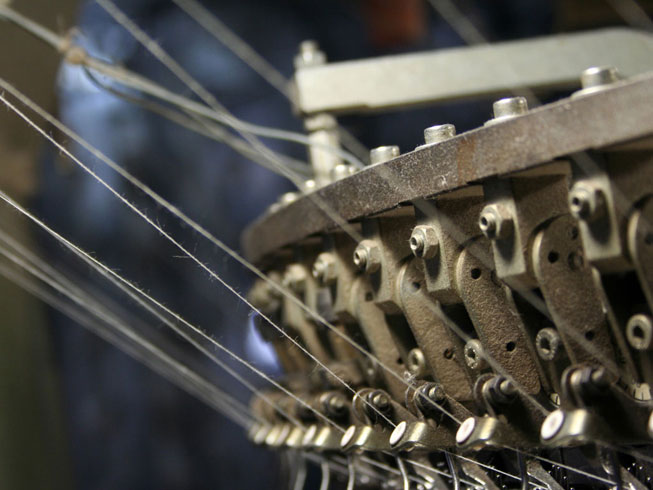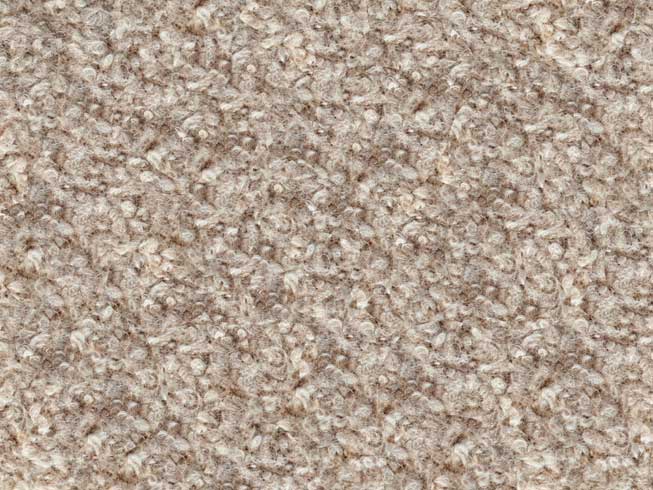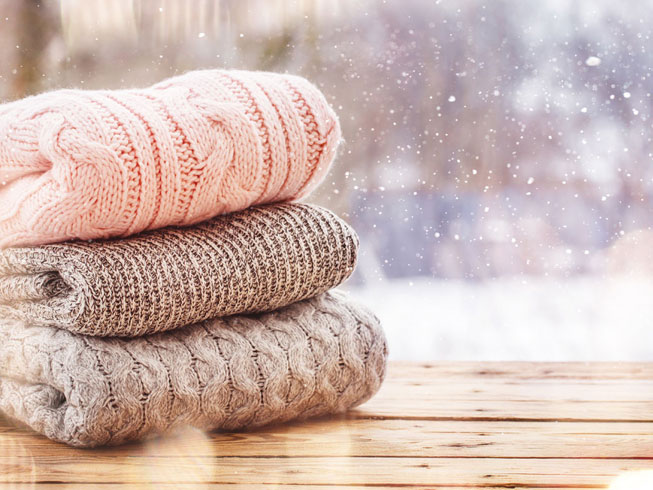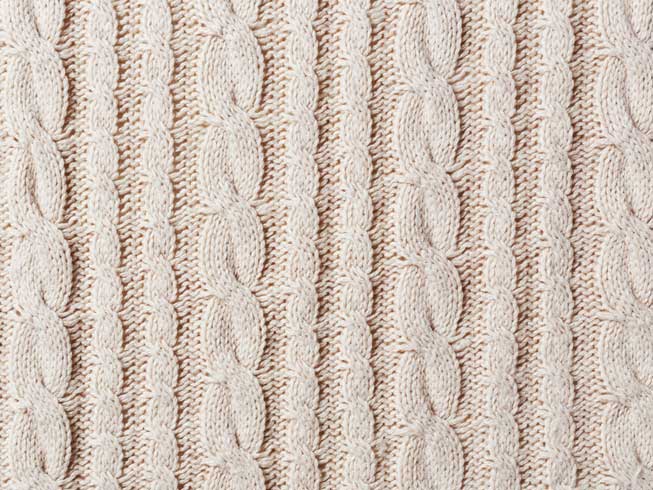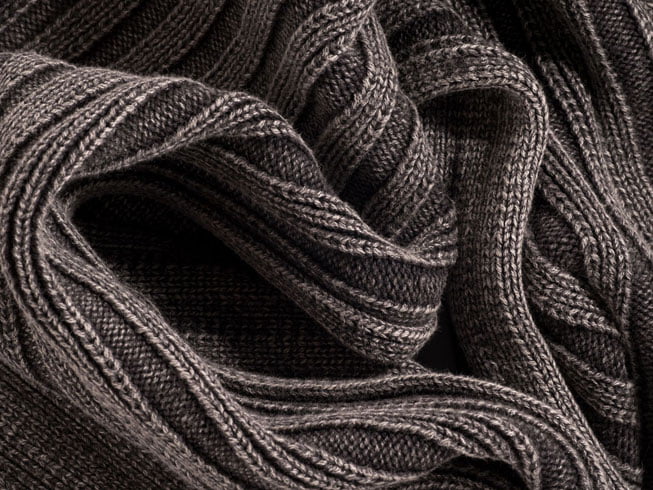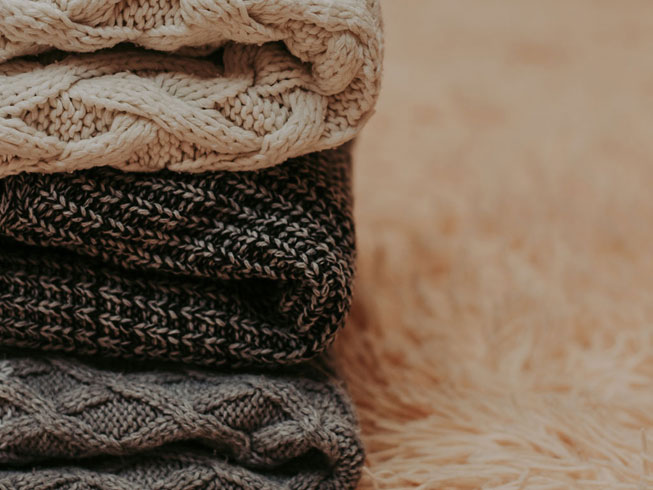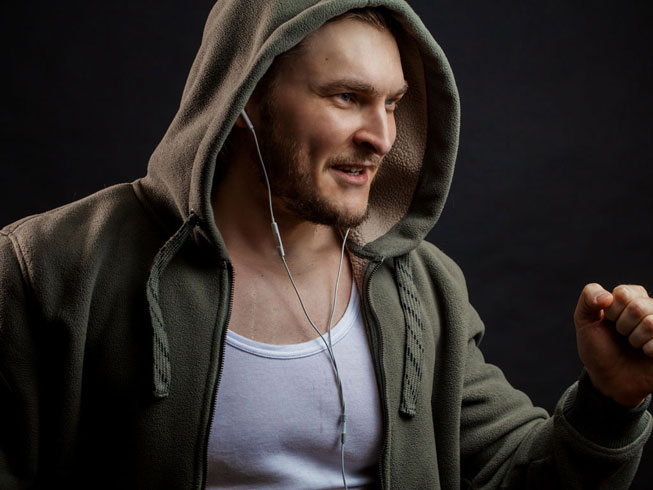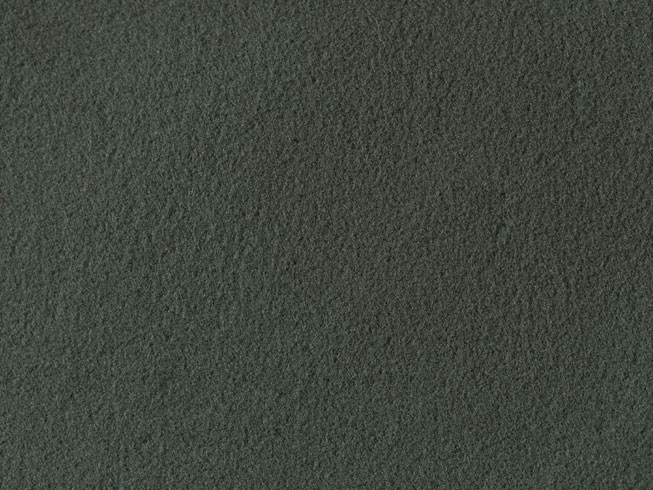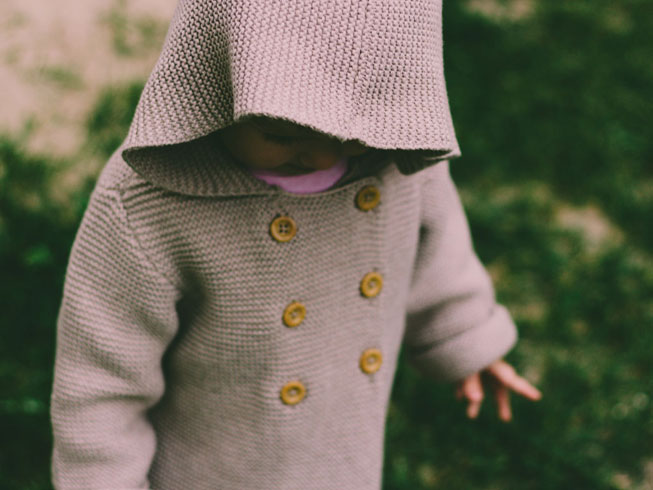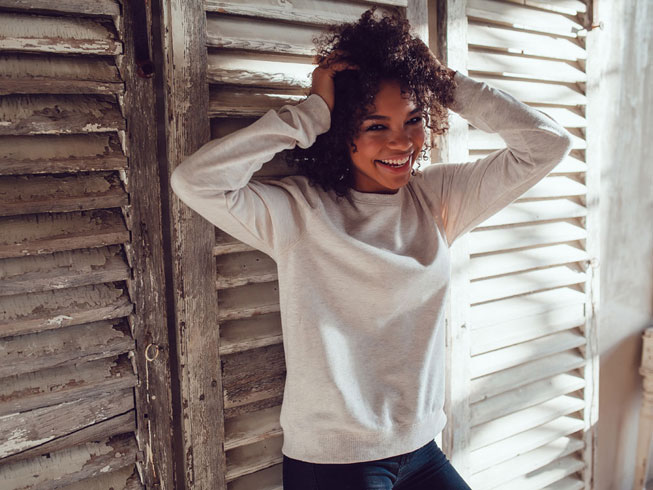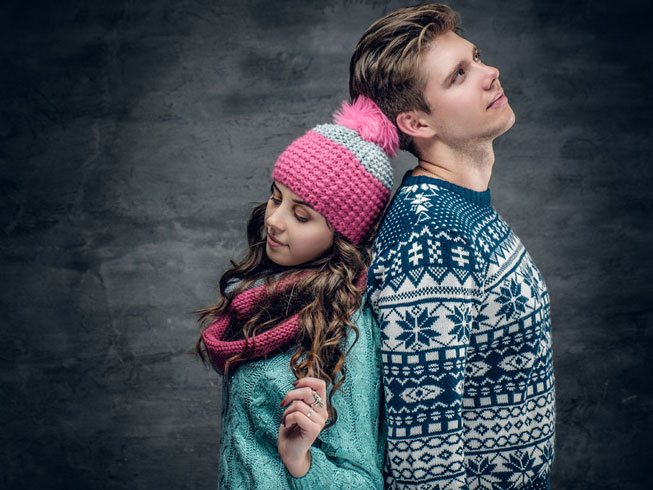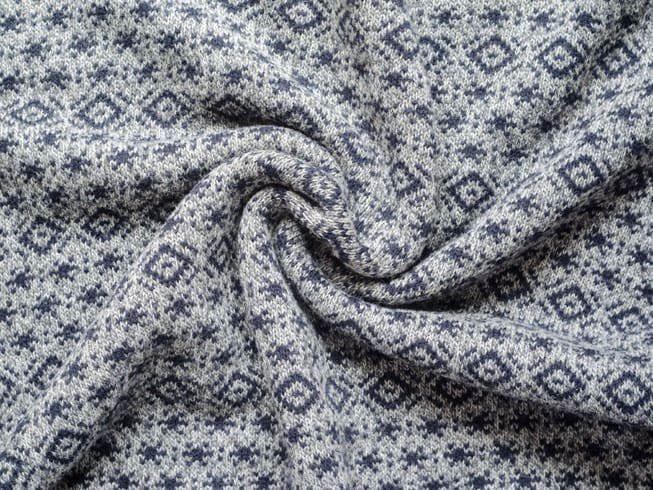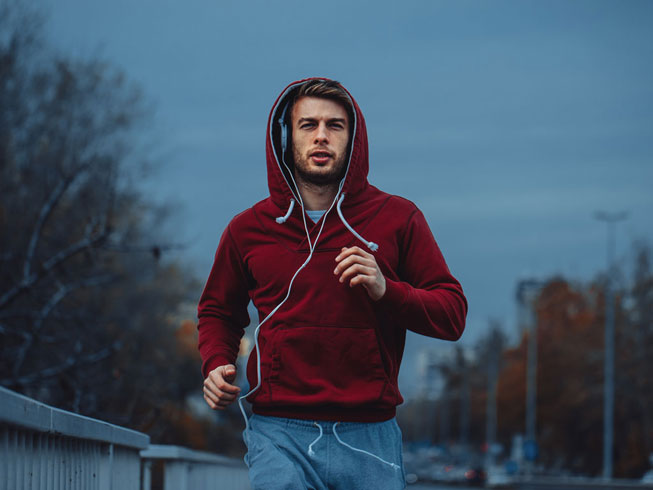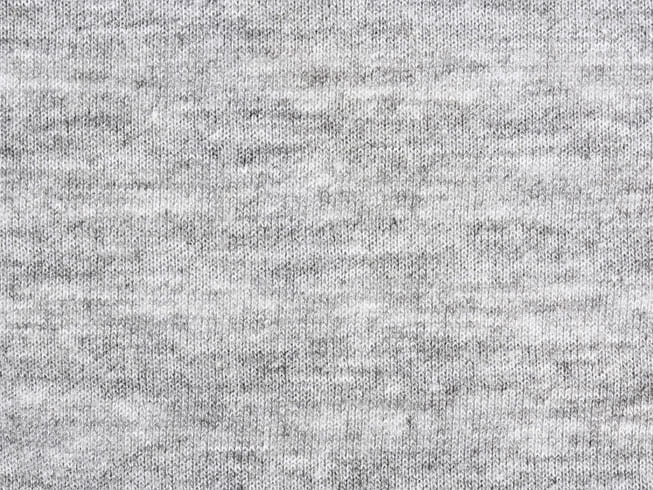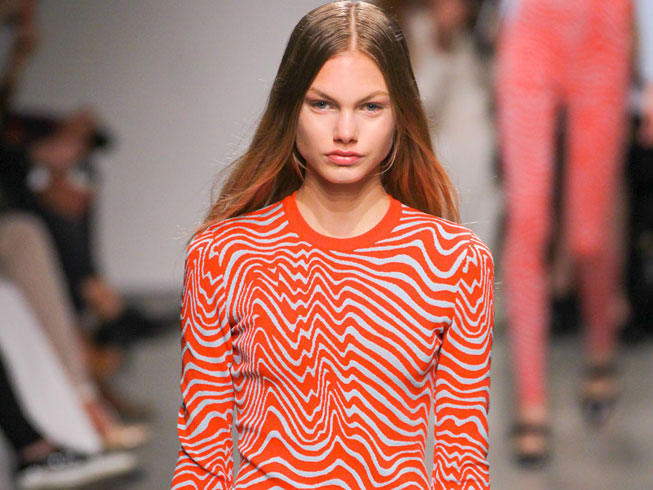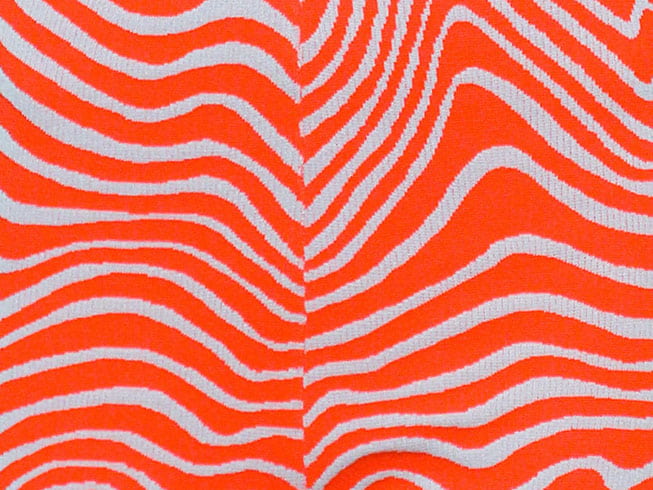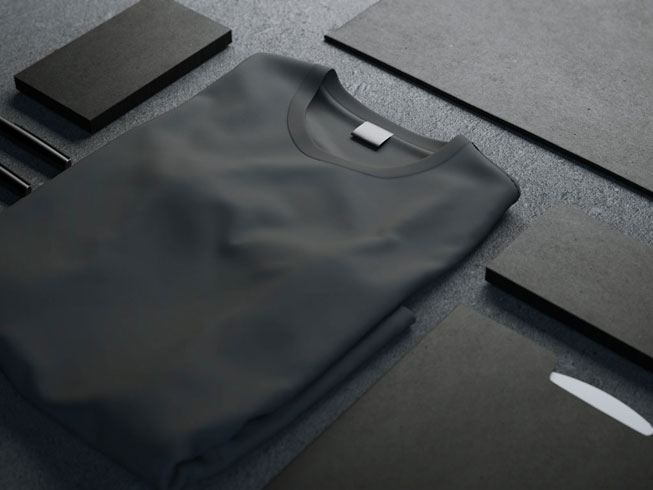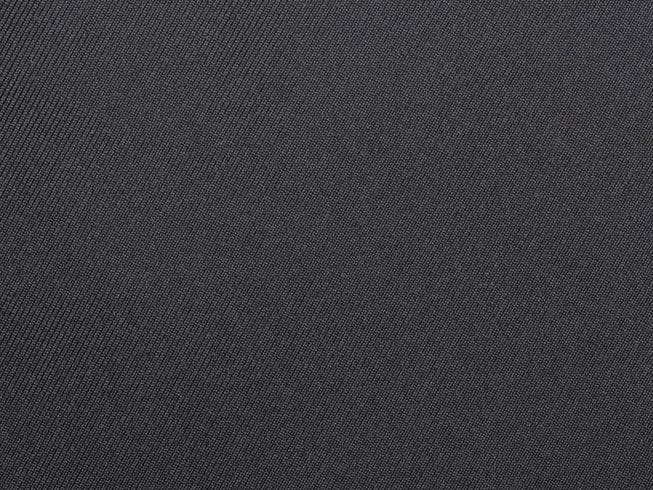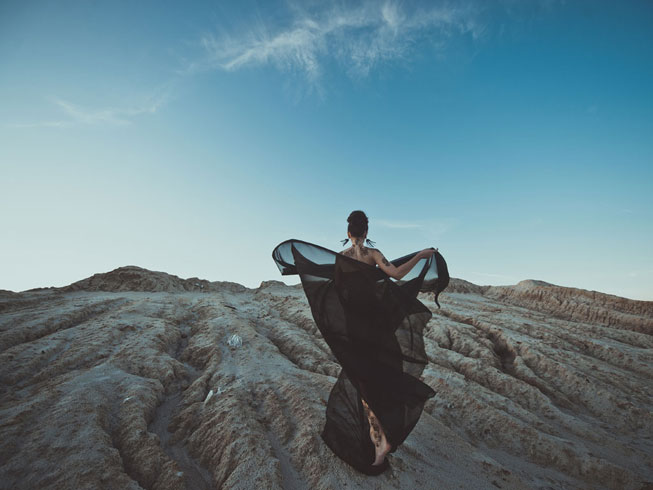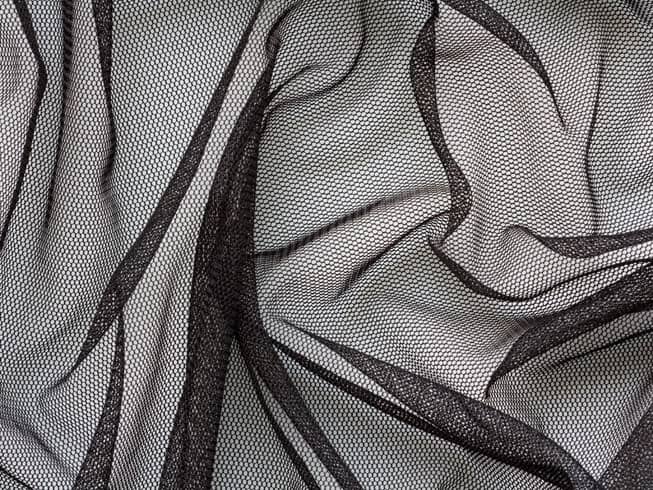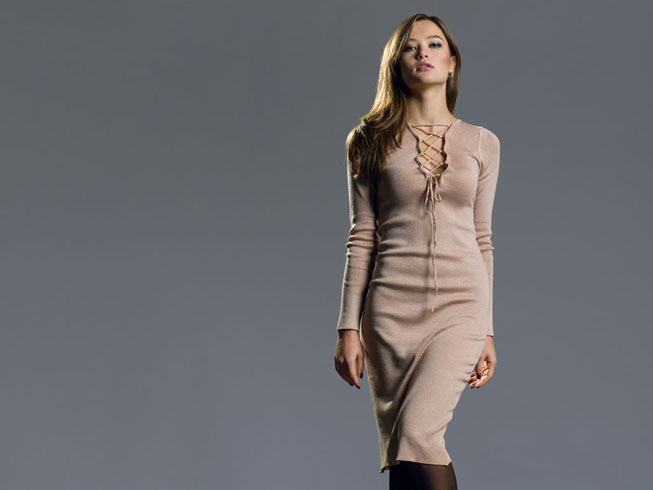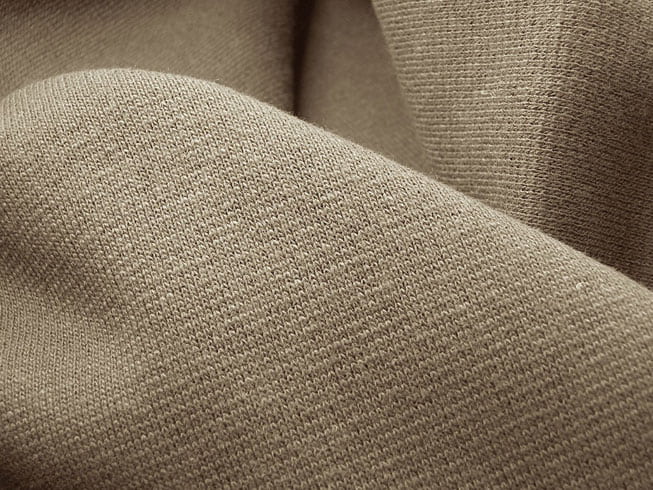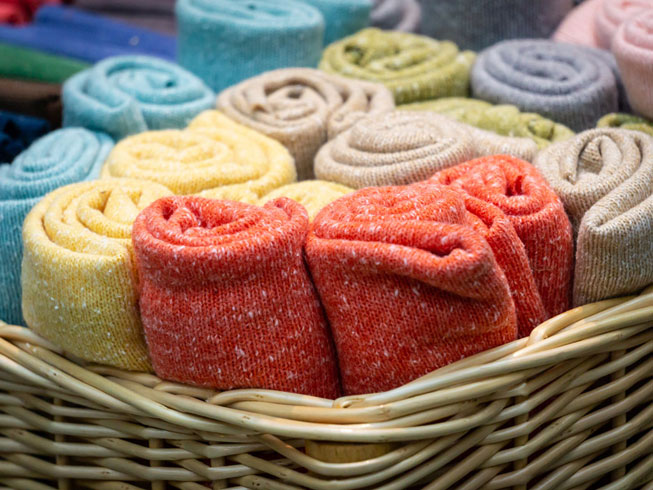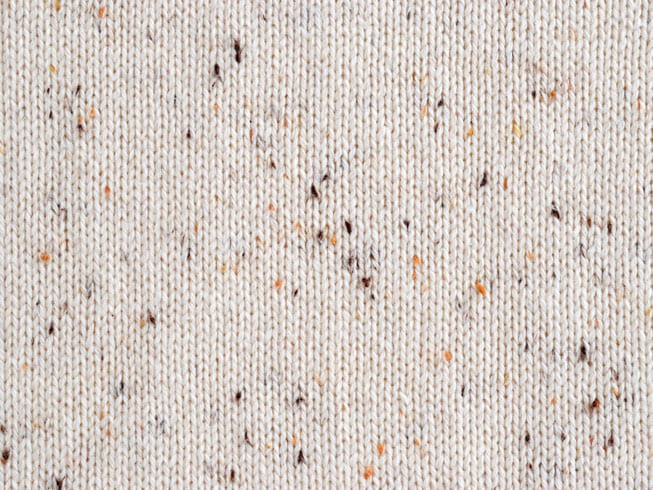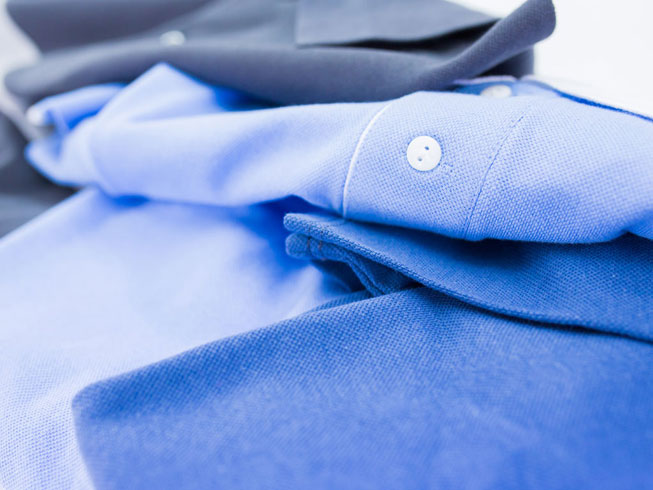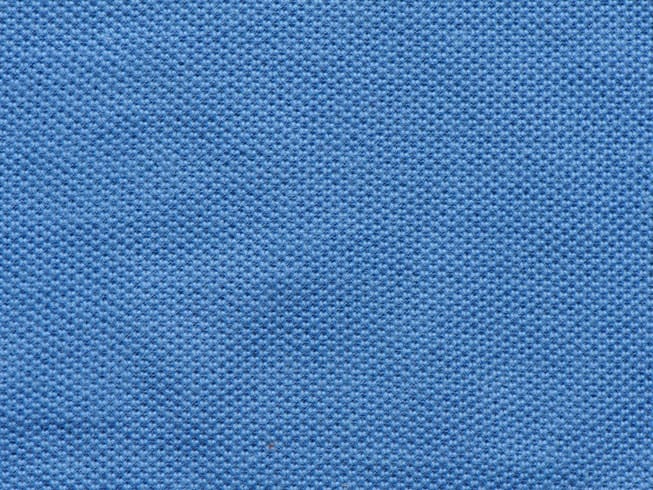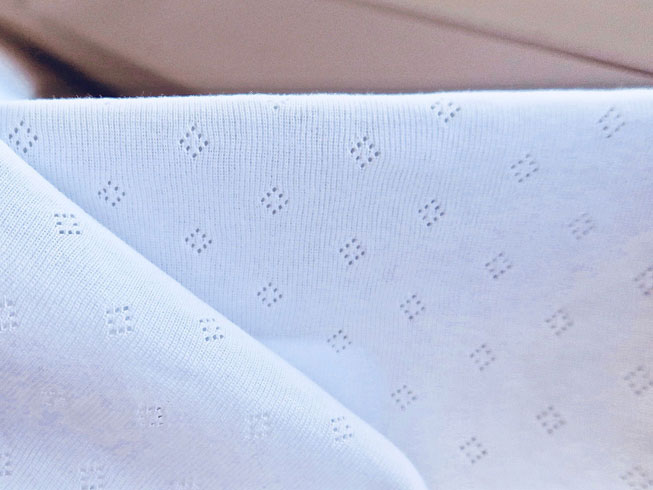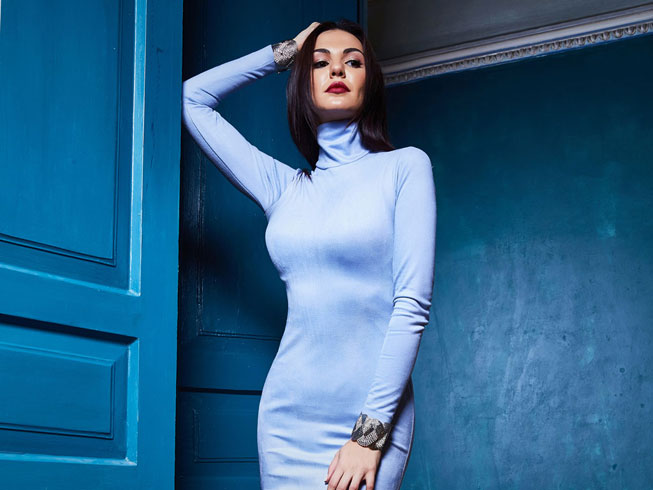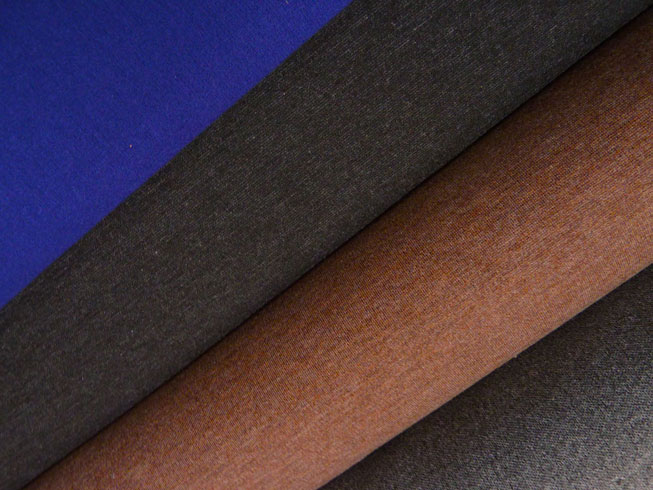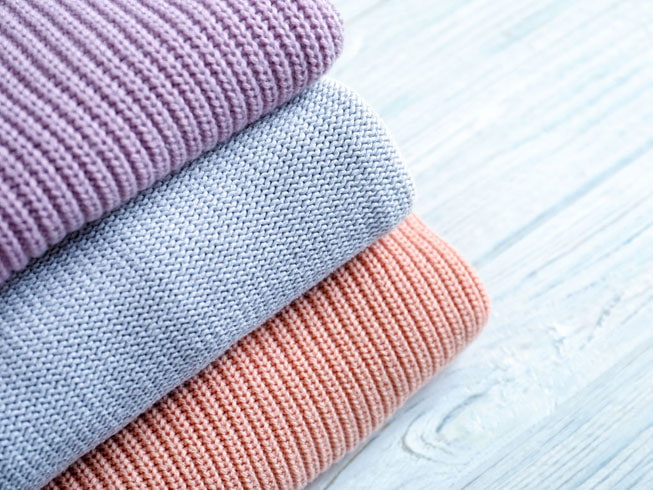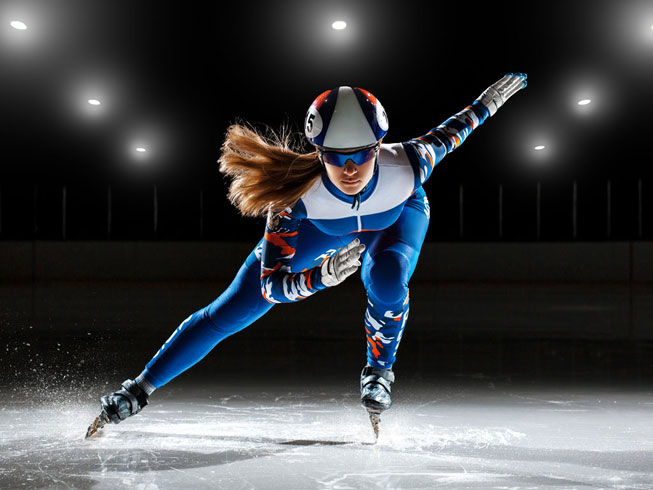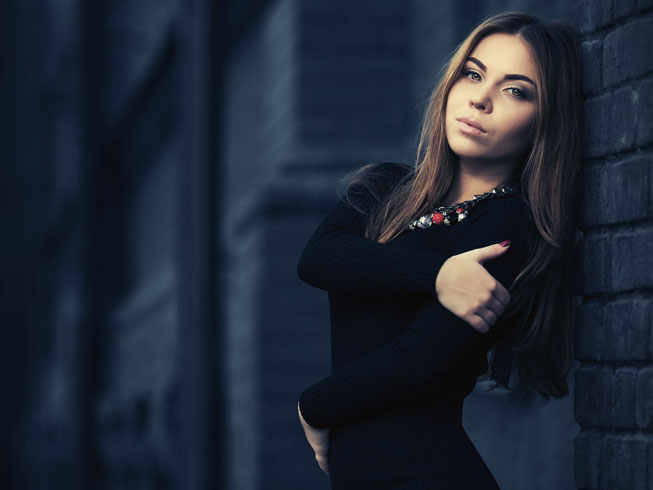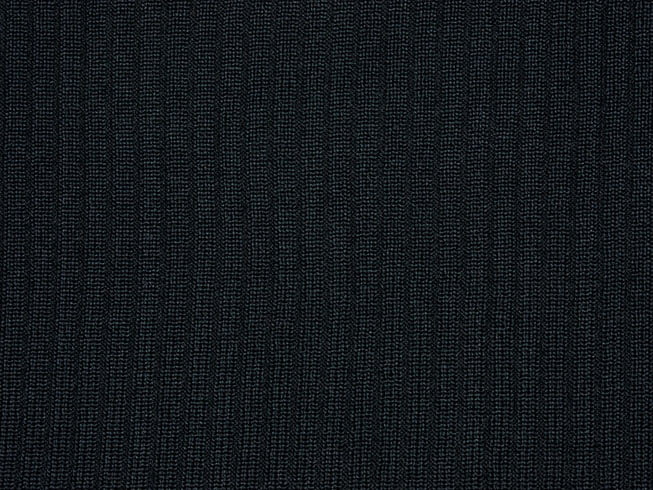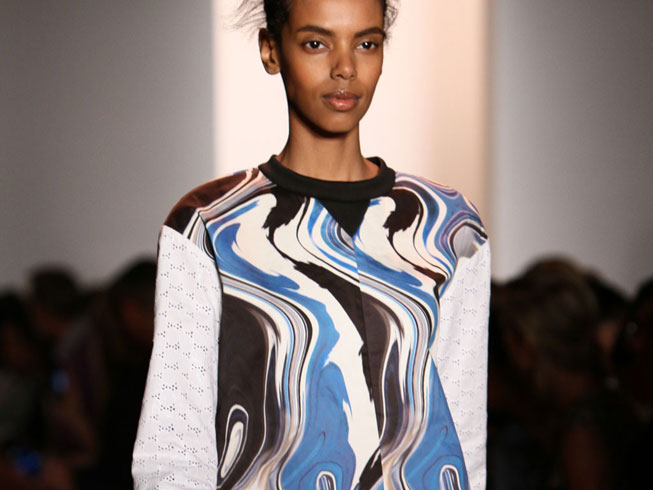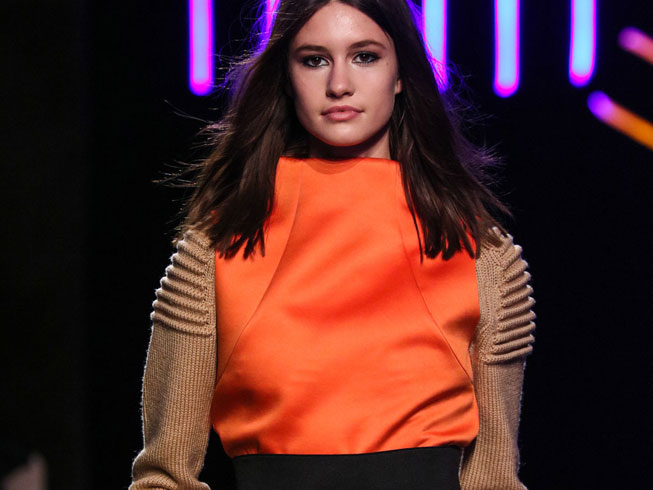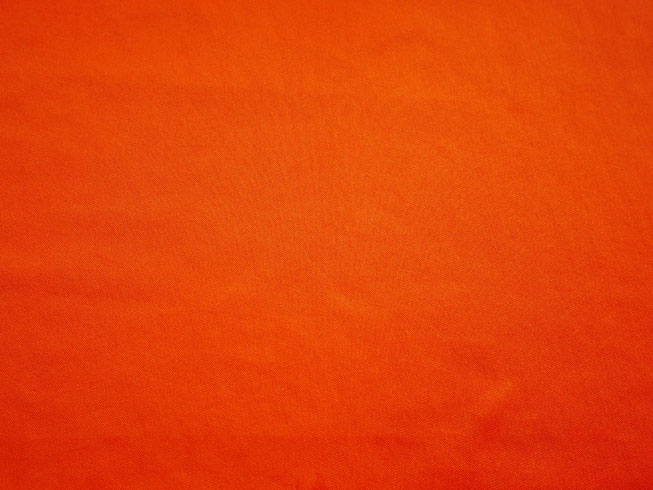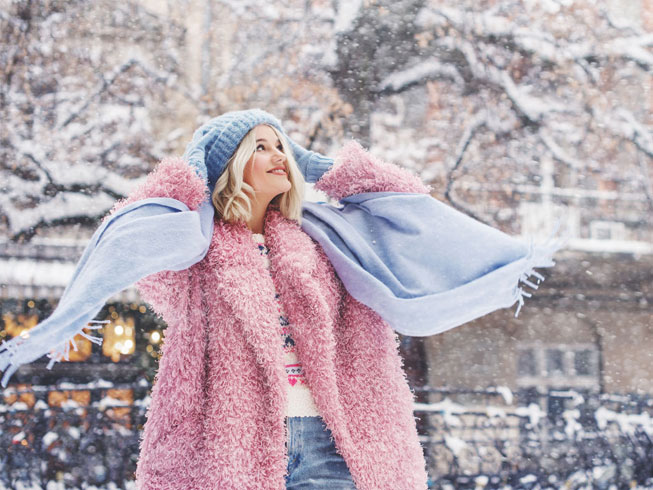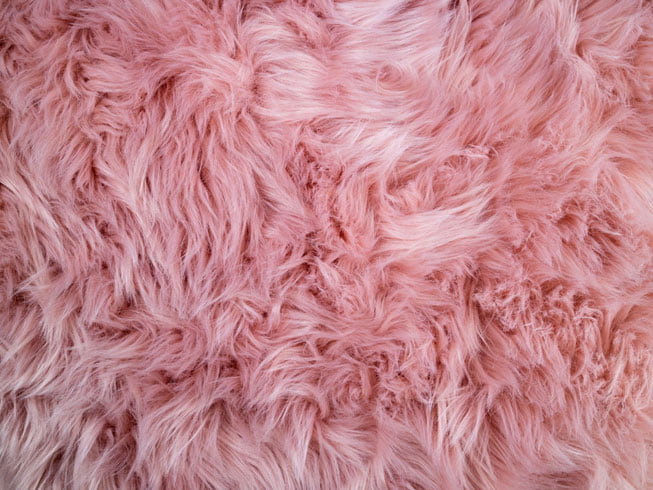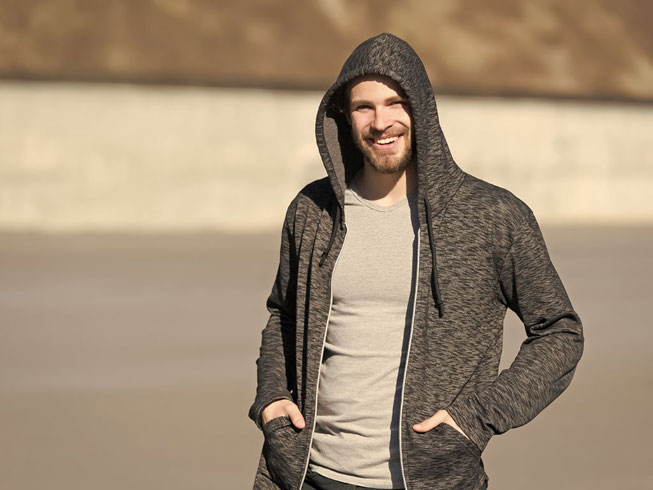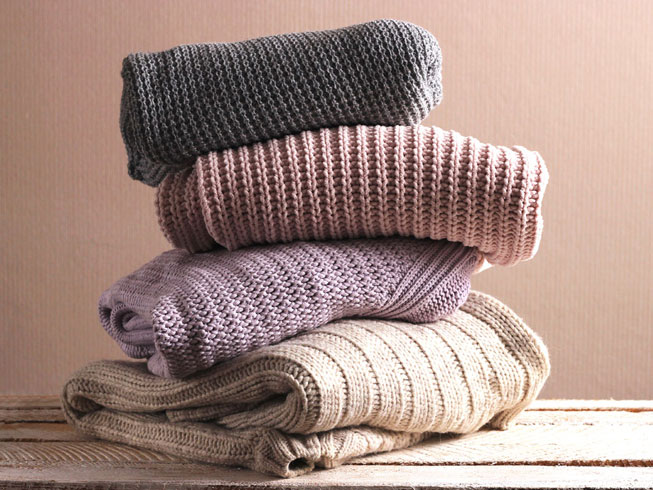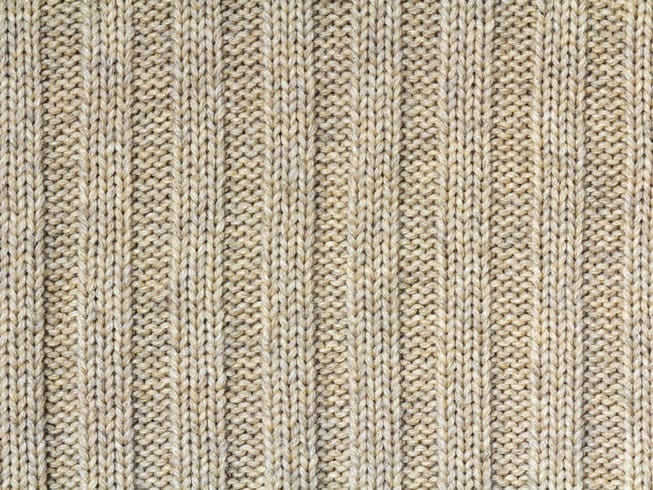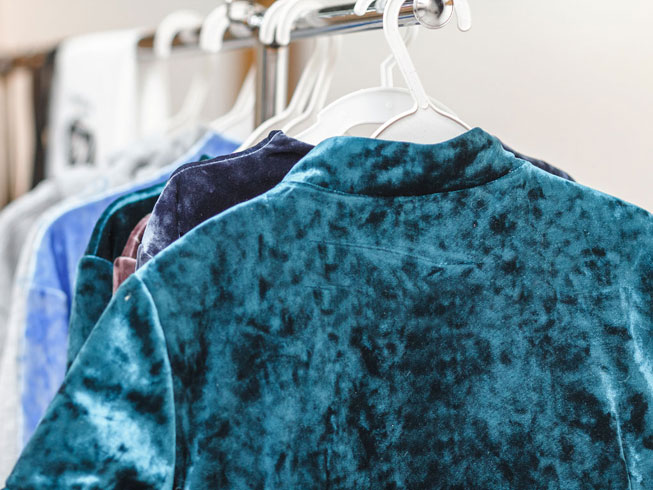Knitted Fabrics
Knitted Fabrics
Description:
Two yarns forming loops in each course of the fabric knit the fabric and become a knitted fabric. Knitting machines form loops of yarn with many pointed needles or shafts. The vertical rows of loops are called ribs or wales, and horizontal rows of loops are called courses.
Knitted fabric is created by the interlocking of yarns. A knitting machine forms a row of loops, then another row of loops is drawn through that row. This is repeated again and again in a process similar to hand knitting. Since they’re are made interlocking loops of yarn, knits stretch.
Knitting is the construction of an elastic, porous fabric, created by interlocking yarns by means of needles. Knitted fabrics can be made much more quickly and easily than woven fabrics at comparatively less cost.
Usage:
Knitted fabrics are used for designing active clothing such as sports clothing or casual clothing. Their elastic nature permits for abundant physical activity.
Tshirts, sweatshirts, hoodies, athletic clothing, swimwear,underwear, geotextiles, lounge pants and even dresses can be made from knitted fabrics.
Knitted fabrics are generally light in weight, comfortable in wear even during travel, but yet require little care to keep their neat appearance. The tendency of knits to resist wrinkling is another factor to boost up their popularity.
Knitted Fabric Types:
More About Knitted Fabrics:
Knitted fabrics are produced by two general methods – warp knitting, and weft knitting, and each method produces a variety of types of knitted fabrics.
Weft-knitted fabric is made by looping together long lengths of yarn. It can be made by hand or machine. The yarn runs in rows across the fabric. If a stitch is dropped it will ladder down the length of the fabric. The fabric is stretchy and comfortable and is used for socks, T-shirts and jumpers etc.
All weft knits fall into three basic categories: rib knits, which are a combination of knit and purl stitches; purl knits, which are made with purl stitches alone, and jersey knits, which are made with knits stitches on the front and purl stitches on the reverse.
Weft or filling knits are constructed from one yarn that is fed into knitting machine needles in a horizontal direction. Weft knit fabrics are produced on circular knitting machines.
The circular knitting machine creates a spiral effect as it produces a fabric in tabular form. Because of this spiral characteristic, it is often difficult to have the wales and courses of the knit fabric form a perfect 90-degree angle match.
In warp-knitted fabric the loops interlock vertically along the length of the fabric. Warp knits are slightly stretchy and do not ladder. Warp-knitted fabric is made by machine. It is used for swimwear, underwear and geotextiles.
Because of the multiple-needle configuration of warp-knitting machines, the warp knit fabrics produced can be very complex and intricate in structure; and they don’t fall neatly into groups or categories as weft knits do.
Knitted Fabrics - Fabrics made from only one set of yarns, all running in the same direction. Some knits have their yarns running along the length of the fabric, while others have their yarns running across the width of the fabric. Knitted fabrics are held together by looping the yarns around each other. Knitting creates ridges in the resulting fabric. Wales are the ridges that run lengthwise in the fabric, courses run crosswise. Fabrics made from only one set of yarns, all running in the same direction. Some knits have their yarns running along the length of the fabric, while others have their yarns running across the width of the fabric. Knitted fabrics are held together by looping the yarns around each other. Knitting creates ridges in the resulting fabric. Wales are the ridges that run lengthwise in the fabric; courses run crosswise.
The fiber content of a knit determines its degree of stretch and recovery. The stretch factor in a knit is usually described in terms of a percentage: how far a knit can stretch beyond its unstretched width. Most knit patterns will have a measuring gauge you can use to compare the stretch of the fabric against.

